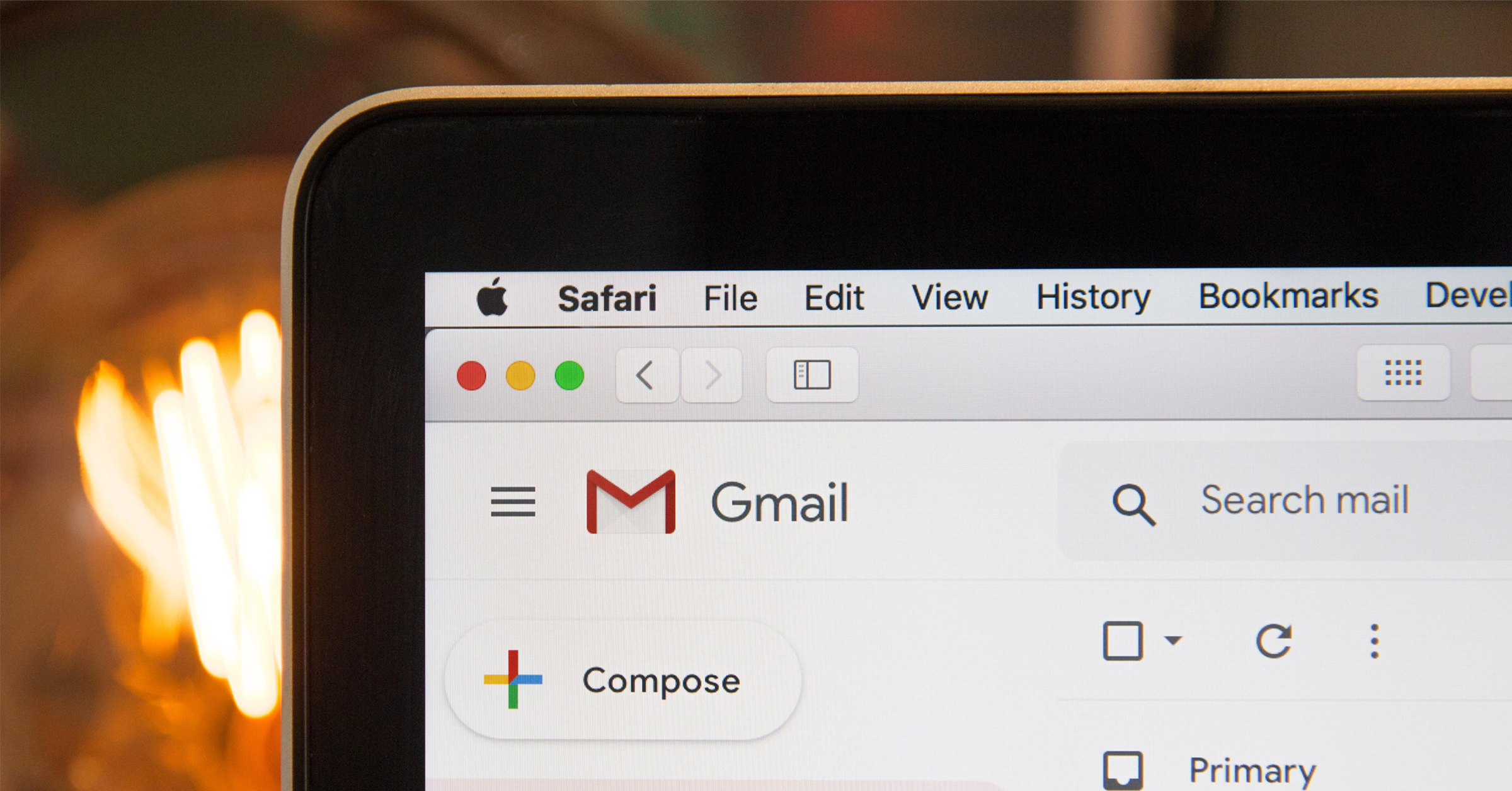Email is a powerful thing.
It’s been around since the very foundation of the internet and only seems to be getting more popular, bridging the ongoing transition from desktop platforms, to mobile, to wearables and beyond.
Consider the growing popularity of email as a medium for receipts, as more and more retailers continue to move away from paper receipts in favor of cheaper, more powerful digital options. E-receipts not only save paper and are easier to keep track of for tax purposes, but they’re also becoming a powerful marketing tool for retailers eager to keep the conversation going with their buyers. Digital communication is increasingly critical though it’s not easy to build a customer email list. But tie it to a receipt and more people are inclined to cough up their address.
More than 83% of retailers are offering e-receipts for this purpose, according to a report from Epsilon International that called digital receipts: “an innovative communications vehicle for retailers that offer limitless marketing possibilities.”
And customers are OK with this. A 2020 survey from Green America found that a majority of American support having both a paper and digital option when getting a receipt, in part for the social responsibility of avoiding paper as well as the convenience factor.
These two colliding trends -- retail interest in offering e-receipts and consumer interest in ditching paper -- are creating a digital paper trail that is making it possible for businesses to do things with their records and finances that have never before been possible.
For instance, tracking and reconciling expenses can be a serious time suck for small businesses, especially those that don’t have a dedicated bookkeeping staff. But, when receipts for business purchases show up as emails – as they so often do these days, from both online and brick-and-mortar vendors – suddenly you don’t just have digital copies to hang onto, but you also have data that can be manipulated and directed wherever it needs to go.
That’s what Greenback’s Mailbox and Mailbox Connect APIs are doing, making the process of auto fetching transactions from top retailers and merchants across the globe seamless by tapping existing email accounts. Developers can now build applications that automatically fetch emailed receipts and invoices from a user’s mailbox.
Connect directly to popular email providers
Greenback’s Mailbox and Mailbox Connect APIs integrate directly with several email providers including Gmail, Microsoft 365, Yahoo Mail! and more.. From there, the user just gives the app permission to connect to the provider on their behalf in order to gather and parse transaction-related emails. Alternatively you can submit RFC822 emails directly to the service if connecting and parsing emails from a connected mailbox is not of interest.
Pull down receipt data in real time
With that authorization, Greenback is able to start pulling down receipts, right from your email mailbox, in real time without any additional information. It knows what to look for so, once connected to the account, it can fetch transactions on a set schedule or in real time, identifying and parsing any emails that contain any receipt-related data or attachments.
Convert to structured data
Once entered into the system, Greenback converts the body of each parsed email as well as any attachments to itemized structured data.The APIs will return structured JSON and include itemized detailed financial data - perfect for developers looking to build modern applications using detailed level 4 financial data.
Both Mailbox and Mailbox Connect reach the same end goal, the only difference is how the APIs access the emails. With Mailbox Connect the user provides authorization for Greenback to go out and fetch emails from their mailbox automatically, while with Mailbox, developers instead submit RFC822 emails they want parsed directly to the API.
The Mailbox API in Action
What else can Mailbox and Mailbox Connect do? Far more than just track expenses for small businesses.
For instance, banks and card providers can use the API to pull itemized receipt data from their customers’ inboxes in order to save those receipts and automatically show their customers what they actually purchased alongside their online statements. This could also turn into a value-add for banks that helps their customers save money on future purchases -- “did you know that you could have saved an estimated 25% on this purchase by shopping at retailer X?”
Banks and card providers can also use this data to better understand their customers’ purchases that are made “off card” and use that to encourage customers to update their e-wallets to use their branded bank card instead of a third-party card. This can help banks improve their interchange revenues.
At the same time, companies that service business accounting and expense management can combine these APIs with automation, eliminating the need to take photos of receipts and manually log expense reports.
It’s all about having access to better data, automatically and in real time, in order to drive everything from corporate loyalty programs, to marketing efforts, to customer service improvements at banks and corporate card issuers. With the easy access to structured data that these APIs provide, the line between transaction data and whatever comes next is getting blurred, to the benefit of a wide range of financial services providers and their customers.
Ready to get started? Learn more about Mailbox and set up a demo account at Greenback.com

